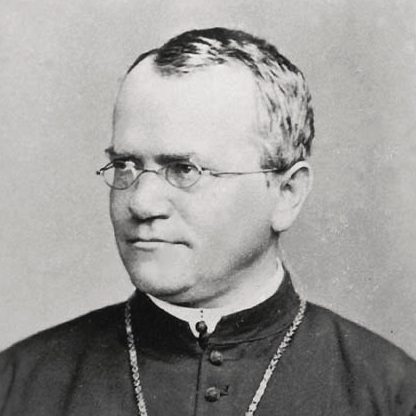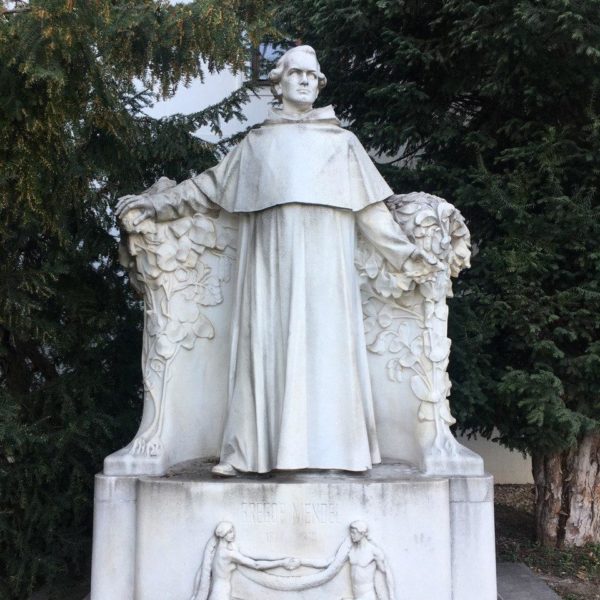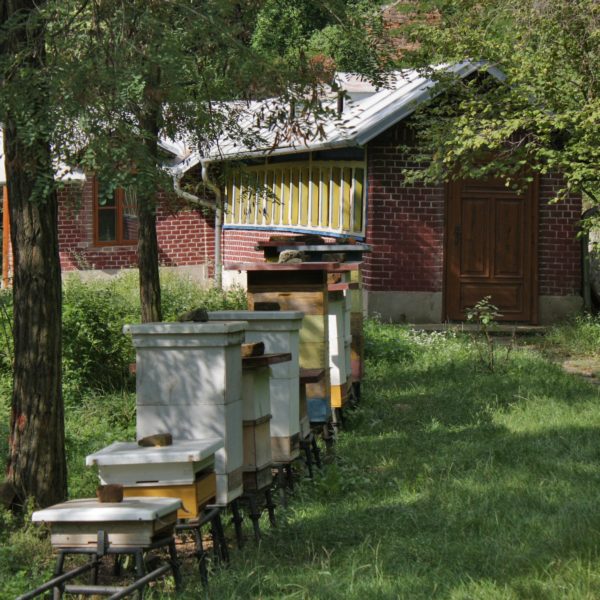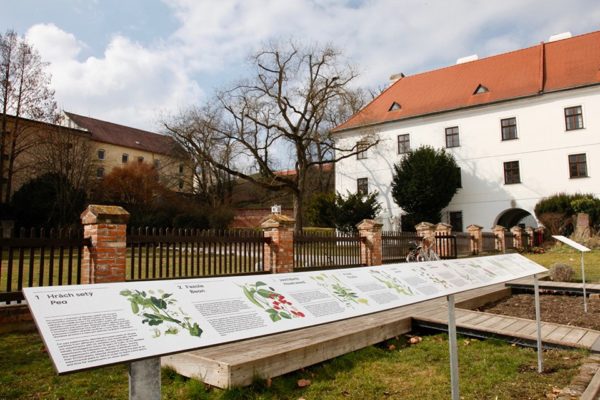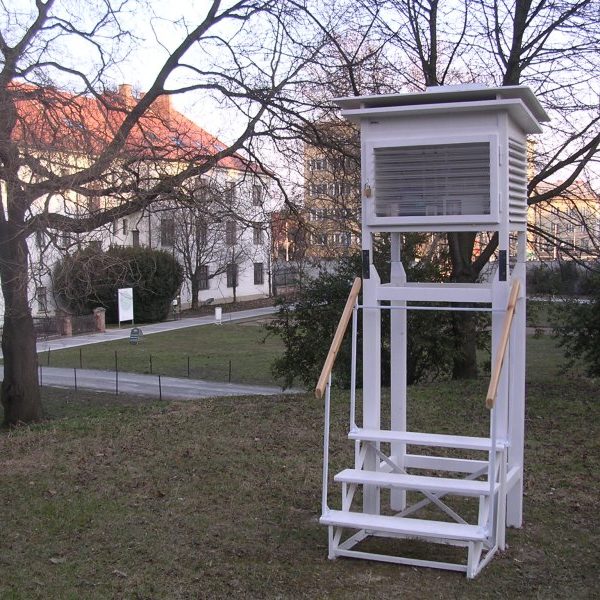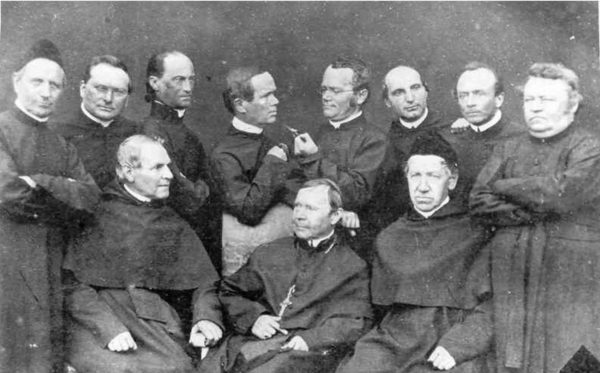Life of Gregor Johann Mendel
Gregor Johann Mendel (Czech: Řehoř Jan Mendel; July 20, 1822, Hynčice–January 6, 1884, Brno) was a naturalist, founder of genetics, and the discoverer of the basic laws of heredity. He was a monk and later abbot of the Augustinian monastery in Old Brno.
Johann Mendel was born on July 20, 1822 into a family of German-speaking small farmers, Anton Mendel and Rosina née Schwirtlich, in Hynčice (German: Heinzendorf bei Odrau) in Silesia, in house No. 58 (now No. 69). Today, Hynčice is part of the municipality of Vražné in the Nový Jičín District, in the Moravian-Silesian Region.
The birth house of J. G. Mendel is a relatively large peasant farm, which was registered as a cultural monument in 1966. In 2007 the house was completely renovated with the significant support of EU funds, and today, in addition to a museum, it also offers visitors the use of its conference and social rooms.




